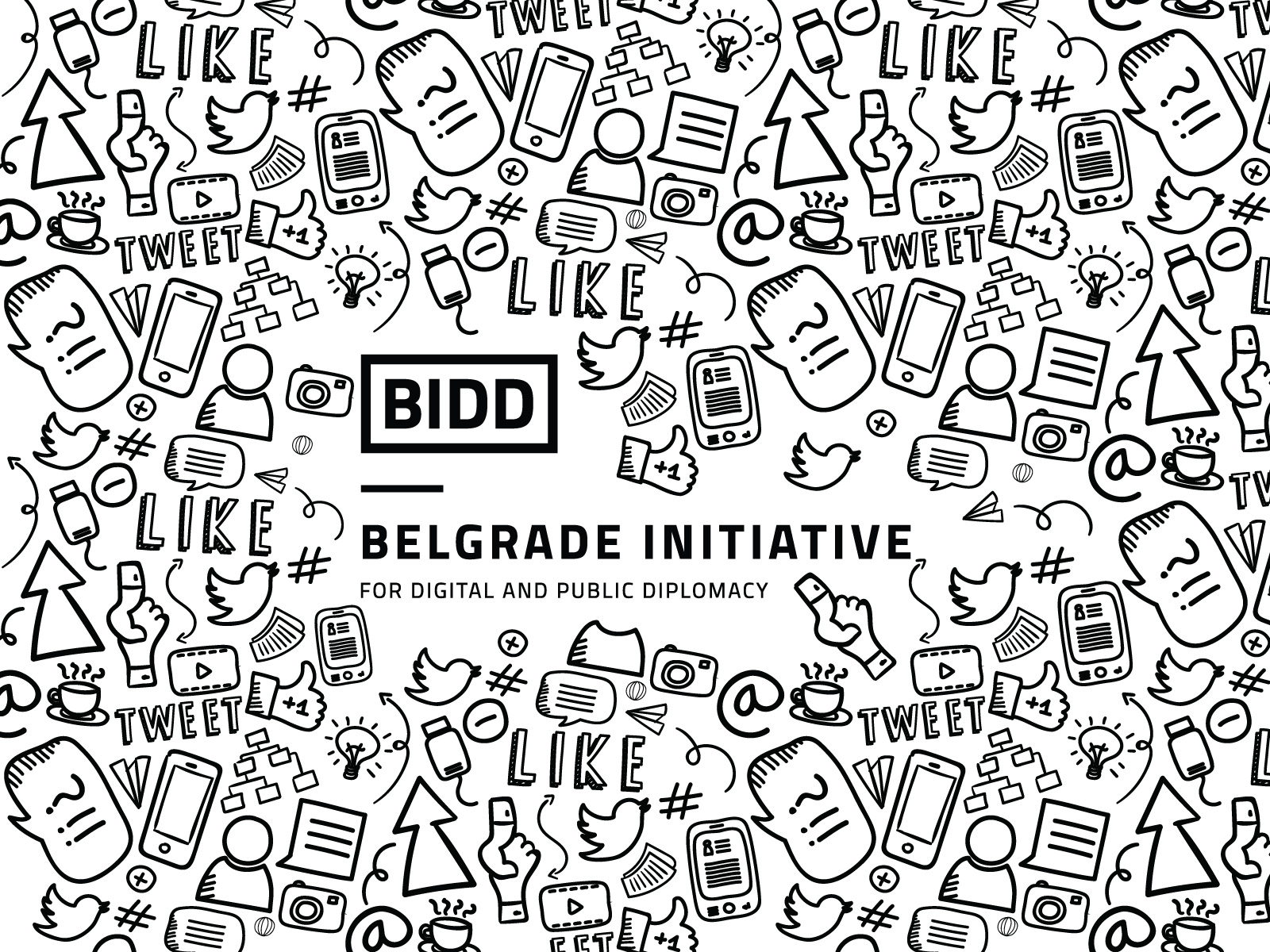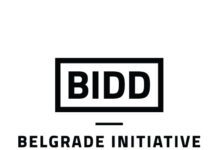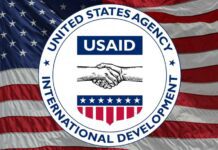 On May 8th, First Lady Michele Obama posted a Selfie on her twitter account holding a sign with the hashtag #bringbackourgirls. Over the last week, public response to this Selfie has ranged from enthusiastic to hostile with some journalists attacking the First Lady for taking pictures rather than taking action to rescue the 250 Nigerian school girls abducted by the Islamist Boko Hraam group.
On May 8th, First Lady Michele Obama posted a Selfie on her twitter account holding a sign with the hashtag #bringbackourgirls. Over the last week, public response to this Selfie has ranged from enthusiastic to hostile with some journalists attacking the First Lady for taking pictures rather than taking action to rescue the 250 Nigerian school girls abducted by the Islamist Boko Hraam group.
Our prayers are with the missing Nigerian girls and their families. It’s time to #BringBackOurGirls. -mo http://t.co/glDKDotJRt—
The First Lady (@FLOTUS) May 07, 2014
This weekend, one of Israel’s most prominent papers, Haaretz, ran an Op Ed titled “Michele settles for a hashtag” in which the writer attacks the First Lady arguing that the most Michele Obama’s Selfie could achieve is greater media attention and, maybe ,greater public awareness to the fate of the 250 abducted girls.
In his post, Why Hash Tag Activism Matters, Ben Scott argues that hashtag activism can make a difference. Scott believes that Michele Obama’s Selfie is sure to have an “agenda setting” effect in which the fate of the Nigerian girls will become a dominant news story paving the way for concert actions to release the girls.
As someone who has been observing Digital diplomacy for some time I agree with Scott’s analysis but also view Michele Obama’s Selfie as much more than just a tool for increasing media attention or public awareness. There is a great difference between a Selfie posted by a celebrity and that posted by the First Lady of the United States. While the former may raise awareness to an issue, the latter is an official statement by the US administration.
First Ladies are prominent and influential political figures in the US as is made evident by the fact that every four years the wives of Presidential candidates address the Republican and Democratic national conventions. Traditionally, First Ladies take part in actively promoting the administration’s domestic policies while also furthering their own agenda. In Nancy Reagan’s case it was “Just Say No” to drugs, in Michelle Obama’s case it’s a national effort to reduce childhood obesity.
Thus, when a First Lady makes a statement regarding international events, she does not speak solely for herself. She represents the administration, the President and the White House. Michele’s call to aid the abducted girls was much more than “settling for a hashtag”, it was a declaration that the United States is concerned regarding the fate of the girls, that it is working towards a possible resolution to the crisis and that the US has placed the girls’ fate at the top of its agenda. Michele’s Selfie is therefore the twitterian equivalent of a press conference by the President or the White House spokesperson in which they address the issue at hand.
Michele’s tweets can be viewed as a declaration by the administration given the fact that it was published on the First Lady’s official twitter account (@FLOTUS) and that it was immediately re-tweeted by both the White House and the US State Department. Once the tweet was published by the State Department it quickly made its way through the social network of foreign ministries which routinely follow each other on twitter in order to identify the issues shaping world events. Through her Selfie, Michel Obama also placed the fate of the abducted Nigerian girls at the top of the world’s agenda and at the heart of international diplomacy.
It is also possible that the importance of the First Lady’s tweet lies in the manner in which it was received by global audiences. Soon after the tweet was published, a counter campaign sprung-up consisting of the hashtag #bringbackyourdrones referring to the frequent use of drones by the US military in killing suspected terrorists. This campaign may indicate that the US policy of using drones is hindering one of its most important foreign polices- promoting dialogue with the Muslim world post Iraq and Afghanistan.
And here lies the true power of a tweet as a source of information. Tweets can tell us much about the relationship between two countries, the manner in which one country is perceived by global audiences, whether a country is successful in achieving its foreign policy goals and even what issues are at the top of the US President’s agenda.













